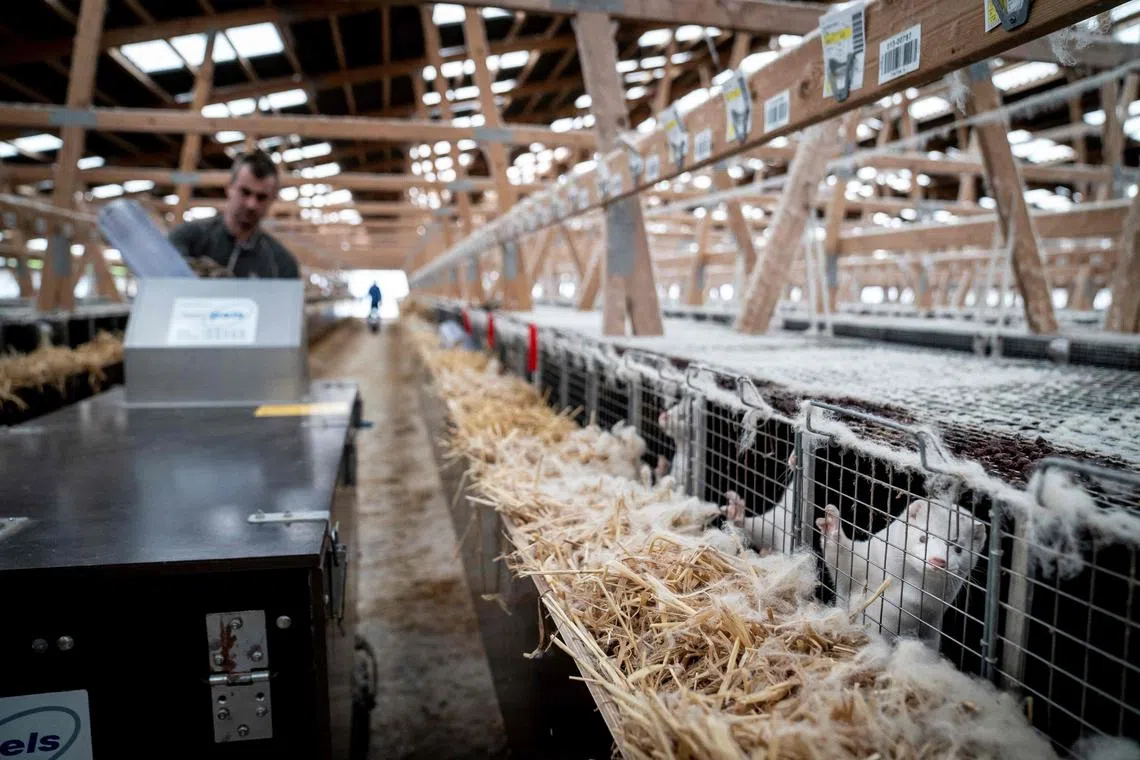For subscribers
Bird flu outbreak is a wake-up call for agriculture
The H5N1 virus has been rampaging through poultry farms and a Spanish mink facility
Sign up now: Get ST's newsletters delivered to your inbox

Mink farms may pose a pandemic risk that is not worth having.
PHOTO: AFP
Faye Flam
Follow topic:
Perhaps we can blame Covid-19 fatigue for numbing us to the risks of other viruses. But it should be bigger news that a bird flu has mutated to spread through mammals and is ominously appearing among wild and domesticated animals around the globe. In the past, the inability to spread from one mammal to another was the barrier that prevented bird flu, H5N1 – which has a 50 per cent fatality rate in humans – from becoming a human pandemic. It is not clear this version, which spread through minks, would be easily transmitted in people, but it has made a step in a dangerous direction.
It is unthinkable to consider lockdowns or mask mandates over some new disease, which is why it is better to take simpler, less costly action early. What matters now is surveillance among farmed animals and giving up particularly dangerous practices. Maybe we just cannot have mink coats and cheap eggs.

